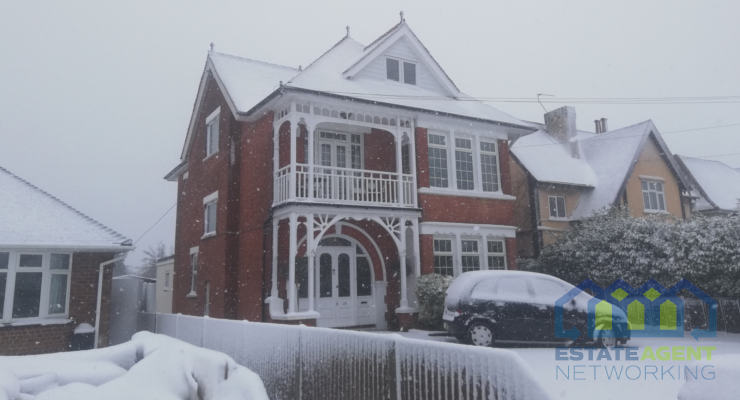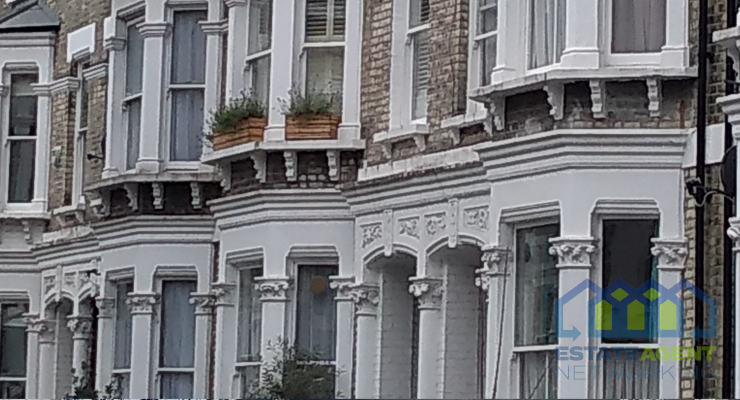Buyers hit pause: Housing market records first annual fall in new sales in two years as more buyers adopt ‘wait and see’ strategy
- House price growth has slowed over 2025, currently standing at 1.3 per cent which is broadly in line with the level a year ago
- Uncertainty over the November Budget has driven a growing ‘wait and see’ attitude amongst home buyers, leading to the first annual fall in new sales agreed in two years
- The usual pre-Christmas slowdown has begun six to eight weeks early, with buyer demand down eight per cent and sales agreed down three per cent year-on-year
- Budget uncertainty and speculation over property tax reforms (including changes to Stamp Duty and Capital Gains Tax) is acting as a drag on sales agreed, especially for homes priced above £500,000
- More homes for sale and weaker demand has stalled house price growth across Southern England, while house price growth remains over two per cent across Scotland, Wales and the northern regions of England
- Despite the current slowdown, two years of increased sales activity have created a sales pipeline of almost 350,000 homes, working their way to completion – these are valued at over £100 billion, the largest pipeline of sales in over four years
Uncertainty surrounding November’s Budget is causing many home buyers, especially those just starting their search, to adopt a ‘wait and see’ strategy. This hesitation has led to the first annual fall in new sales agreed in two years since October 2023, according to Zoopla’s latest House Price Index1.
The pre-Christmas housing market slowdown started six to eight weeks early this year, with buyer demand down eight per cent and sales agreed down three per cent year-on-year. The dip has been amplified by a strong final quarter in 2024, when many rushed to complete before stamp duty relief ended in April 2025.
Table 1: Budget uncertainty drives wait and see approach on sales and buyer demand
Despite seven per cent more homes for sale than a year ago2, the regional performance in sales varies. Sales are still up in Scotland (three per cent), Yorkshire & the Humber (four per cent), the South West (one per cent) and the West Midlands (one per cent). However, Southern England and Wales are experiencing a sharper slowdown in new sales being agreed, dropping in Wales (nine per cent), the South East (eight per cent), the East of England (six per cent) and London (five per cent).
House price growth has slowed over 2025, currently standing at 1.3 per cent which is broadly in line with the level a year ago. The average UK home is now worth £270,000, an increase of £3,600 over the last year.
Property tax speculation hits higher value homes
The slowdown in market activity is concentrated in the higher sales price bands, with a sharper decline in sales, listings and buyer demand for homes priced above £500,000. The drop in new sales is most pronounced across southern England, where higher-value properties make up a larger share of the market. Speculation around potential tax reforms in England, including changes to council tax, replacing stamp duty with an annual property tax, and introducing capital gains tax on purchases over £1.5 million, has prompted early-stage buyers to pause their search until after the upcoming Budget.
This weaker demand and affordability squeeze in the South is directly impacting price growth. House price growth has virtually stalled across southern regions of England, limiting price increases. In sharp contrast, price growth remains robust across the rest of the country, running at over two per cent in Scotland, Wales and the northern regions of England, broadly maintaining the growth rate seen last year.
Table 2: House price growth stalls in the south and continues across rest of the country
Largest sales pipeline for four years, worth £100bn
While the market for new business is starting to slow, two years of a sustained increase in sales activity have created a historic completion pipeline. There are now almost 350,000 homes, valued at over £100 billion, currently working through the sales process, the largest pipeline in over four years (since May 2021). This backlog reflects the fact that it takes five to six months on average to complete a purchase, and is sustained by sellers (many of whom are also buying) and strong first-time buyer demand, both encouraged by recent stability in mortgage rates.
Table 3: Largest sales pipeline for four years
However, the speed of finding a new buyer has decelerated. The average time to sell now stands at 37 days, approximately 10 per cent longer than a year ago. Sales take notably longer across southern England, reaching 45 days in London (20 per cent longer than last year). Northern England and Scotland continue to see the fastest sales activity, a reflection of stronger ongoing demand. This regional difference underlines the importance of realistic pricing for sellers, as homes requiring price reductions typically take much longer to sell.
Commenting on the report, Richard Donnell, Executive Director at Zoopla, said: “The housing market is experiencing a slowdown in activity but there are still serious sellers looking to buy homes and secure their next home purchase. Buying a home is a lengthy process and there are a record number of homes for sale which means lots of buyers looking for their next home. The slowdown is modest and less severe than the impact of the 2022 mini budget. It’s early stage buyers adopting a cautious approach to new purchases ahead of the Budget with greater caution for those buying higher value homes. The housing market remains on track for the most housing sales since 2022 and house prices are set to end the year 1-1.5 per cent higher than the start of 2025”.
Guy Gittins, CEO at London estate agent Foxtons, said: “While the market has clearly slowed in recent weeks, much of this reflects a natural pause as buyers and sellers understandably take stock ahead of the November Budget. Once there is greater clarity around taxation and economic policy, we expect confidence to return quickly – particularly in London, where underlying demand remains strong and well-funded buyers are still active. The current slowdown should therefore be viewed as a temporary pause rather than a fundamental shift in market dynamics.”









